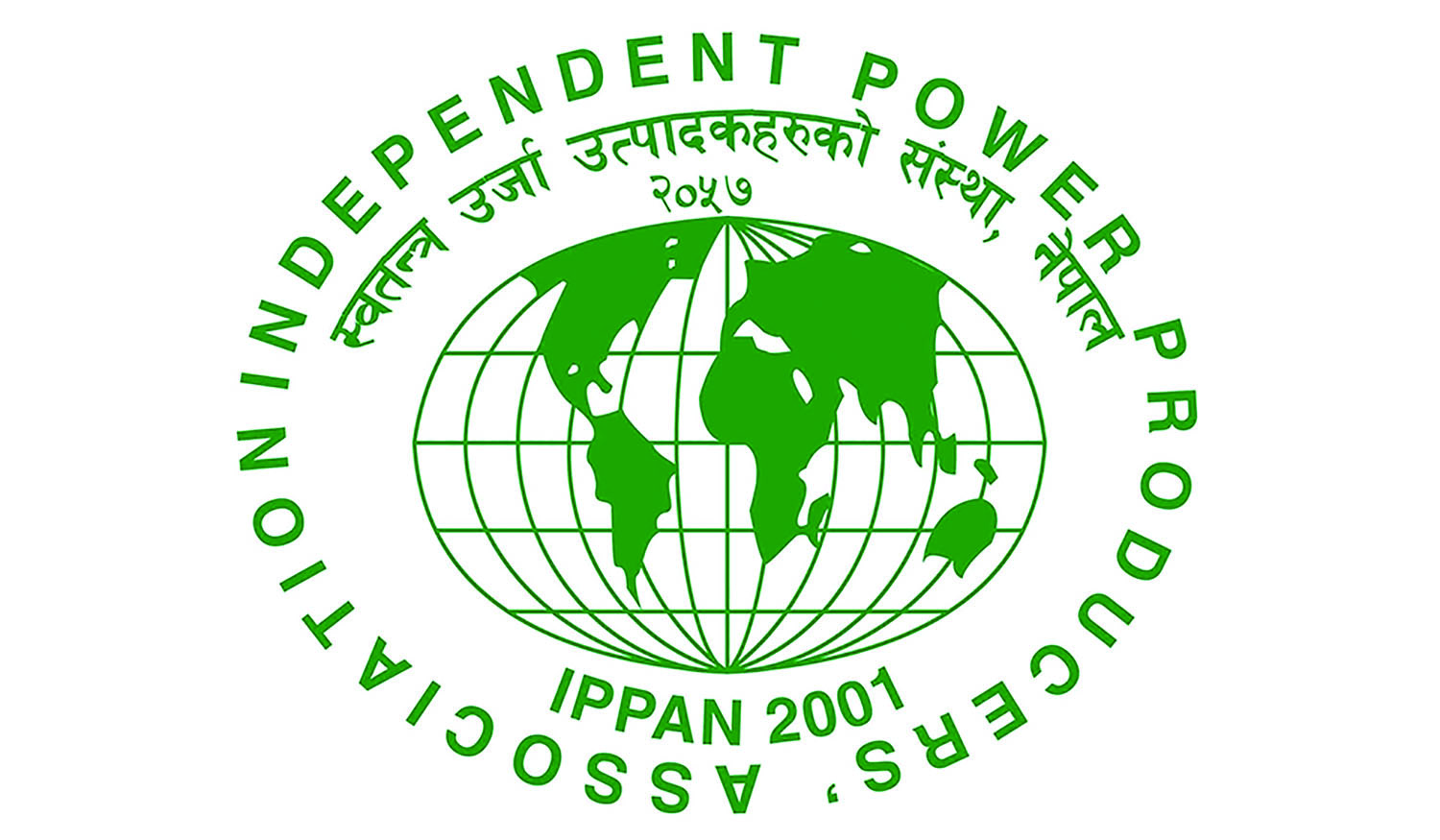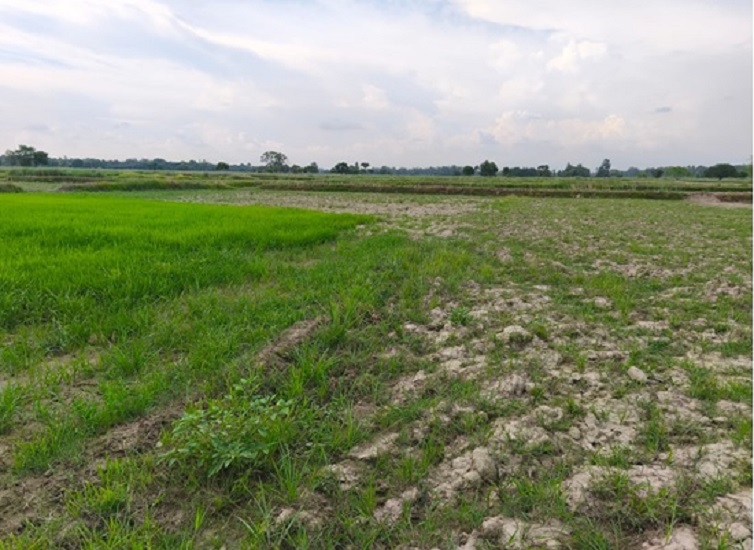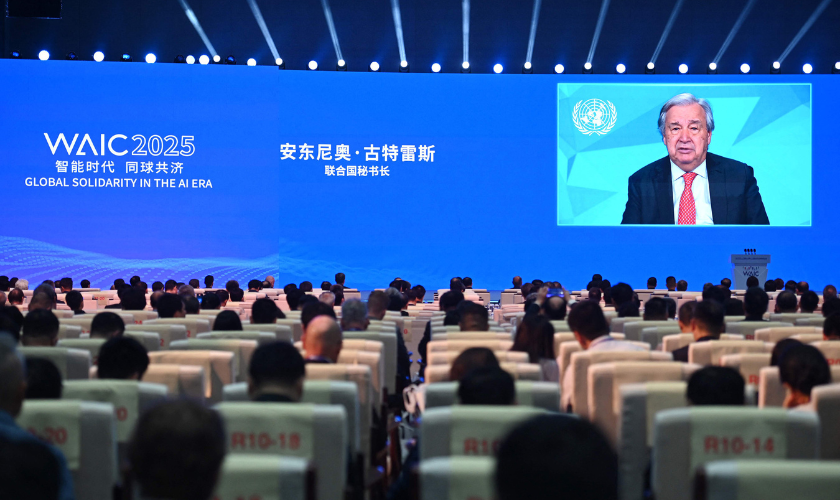The Nepal Electricity Authority (NEA) has confirmed that it will begin exporting 40 megawatts of electricity to Bangladesh starting June 15, 2025. NEA spokesperson Rajan Dhakal informed New Business Age that Bangladesh had opened a Letter of Credit (LC) nearly two weeks ago, paving the way for the timely commencement of electricity trade.
The export follows a tripartite agreement signed on October 3, 2024, between Nepal, India, and Bangladesh to facilitate the seasonal export of electricity. As per the agreement, Nepal will supply 40 MW of electricity to Bangladesh during the monsoon season—from June 15 to November 15 each year.
The agreement was signed in the presence of Nepal’s Minister for Energy, Water Resources, and Irrigation, Deepak Khadka, and Syeda Rizwana Hasan, Advisor on Forests, Environment, Climate Change, and Water Resources to Bangladesh’s interim government. The signatories included Kulman Ghising, then Executive Director of NEA, Renu Narang, CEO of India’s NTPC Vidyut Vyapar Nigam, and Mohammad Rezaul Karim, Chairman of the Bangladesh Power Development Board (BPDB).
“Since Bangladesh has already opened the LC and completed all necessary procedures, the export of 40 MW of electricity will begin on June 15 as scheduled,” said Dhakal.
Nepal had previously exported electricity to Bangladesh on November 15, 2024—the final day of the export window. That export, conducted over a 12-hour period (noon to midnight), earned Nepal USD 30,080 at a rate of 6.40 US cents per unit. However, the payment for that export is still pending.
Last year’s planned export faced delays due to the late initiation of the LC process, which prevented electricity transmission during most of the five-month window. This year, Bangladesh has committed to settling the outstanding dues from 2024 along with the payment for the 2025 supply, Dhakal added.
NEA supplied electricity last year from the 25 MW Trishuli Hydropower Project—constructed with Indian grant assistance—and the 22 MW Chilime Hydropower Project, a subsidiary of NEA. Both projects had also received approval to export power to India.
The electricity is transmitted through the 400 kV Dhalkebar–Muzaffarpur cross-border transmission line, with the export meter located in Muzaffarpur, India. NEA bears the technical losses incurred along the Dhalkebar–Muzaffarpur segment.
From Muzaffarpur, the electricity is routed through India’s transmission network to Bangladesh via the 400 kV Berhampur (India)–Bheramara (Bangladesh) line. NEA stated that this same route and methodology will be used for the upcoming export.











